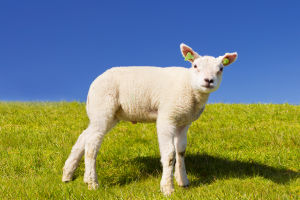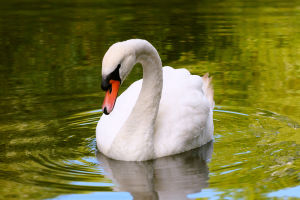From ancient mythology to modern folklore, owls have captivated human imagination as symbols of wisdom, mystery, and even supernatural powers.
Across diverse cultures, these nocturnal birds hold unique meanings, ranging from guides to the spirit world to harbingers of bad omens.
Their silent flight and piercing gaze have made them powerful symbols throughout history, representing everything from protection to death.
Let’s take a deeper look into how owls have been viewed in different parts of the world and why they continue to fascinate us.
The Owl in Greek Mythology: The Bird of Athena
In ancient Greece, the owl was closely associated with Athena, the goddess of wisdom and strategy. Depicted as her constant companion, the bird became a symbol of knowledge and insight. In Greek art, Athena was often shown with an owl perched on her shoulder, emphasizing her ability to see what others could not. Owls were also believed to have been guardians of the Acropolis, and sightings of these birds were considered good omens of victory in battle. This connection between owls and wisdom is so strong that it still resonates today, with the image of the "wise old owl" being widely recognized.
Native American Beliefs: Protector or Omen?
In Native American cultures, owls have diverse interpretations depending on the tribe. Some tribes view owls as protectors and guides. For example, the Hopi and Apache tribes believe that owls are guardians of sacred knowledge, carrying messages from the spirit world to the living. For other tribes like the Navajo and Cherokee, owls are considered messengers of death. Seeing or hearing an owl is thought to be an ominous sign, indicating that someone in the community may be in danger. This dual symbolism highlights the complexity of how owls are perceived in Native American spirituality.
Owls in Japanese Culture: Luck and Protection
In Japan, the owl, known as "fukurou," is seen as a positive symbol of good luck and protection. The word "fukurou" can be written using various characters, each with a different meaning, such as "no hardship" or "happiness." Small owl figurines are often placed in homes or carried as charms to ward off bad luck and invite fortune. The owl’s association with good fortune makes it a beloved symbol in Japanese households, contrasting with its more ominous roles in other cultures.
The European View: Owls as Harbingers of Doom
In medieval Europe, the owl's nocturnal nature and haunting calls led to its association with darkness and the unknown. In many European folktales, owls were linked to witches and were believed to be able to communicate with the dead. Their appearance was often a forewarning of death or disaster. Because of this, the sight or sound of an owl at night was met with fear and unease. In Germany, there’s even a saying that translates to "When an owl cries, an old woman dies," reflecting its negative connotations.
Owl Symbolism Unveiled Hidden Meanings & Cultural Insights
ideo by Friends of Irony
The Egyptian and African Perspectives: Protectors of the Dead
In ancient Egypt, owls were seen as protectors of the dead. They were depicted in hieroglyphics and believed to safeguard souls as they passed through the underworld. Similarly, in some African tribes, the owl is considered a guardian that protects against evil spirits. In contrast to their ominous European image, these cultures view the owl as a positive figure, warding off evil and providing safe passage for souls in the afterlife.
Modern Interpretations: Symbols of Transformation
Today, owls continue to be seen as symbols of wisdom, but they have also gained new interpretations. With their keen vision and ability to see in the dark, owls have come to represent clarity and transformation. They are often associated with uncovering hidden truths and navigating through difficult times. As a result, the owl is frequently used as a symbol in literature and art to depict moments of change and insight.
Why Owls Endure as Powerful Symbols
Owls are fascinating because they straddle the line between light and darkness, life and death, wisdom and mystery. Their presence in our collective consciousness speaks to their enduring power as symbols. Whether viewed as wise guides, ominous omens, or protectors, owls remain creatures of intrigue that continue to inspire stories, art, and spirituality across the globe.


